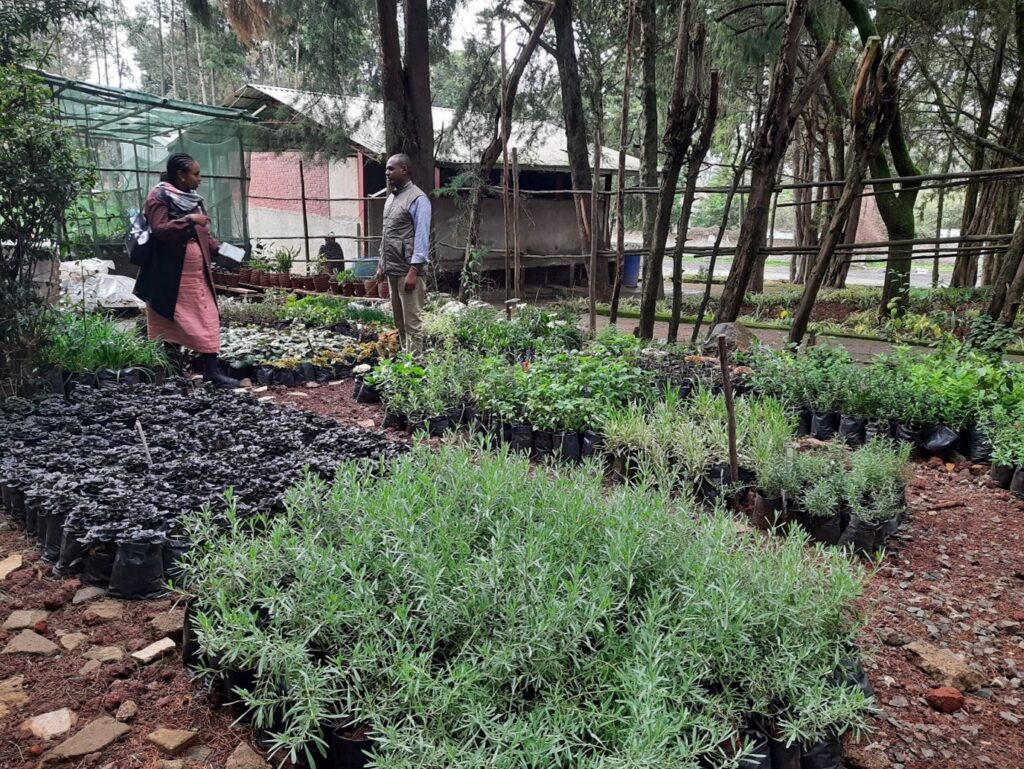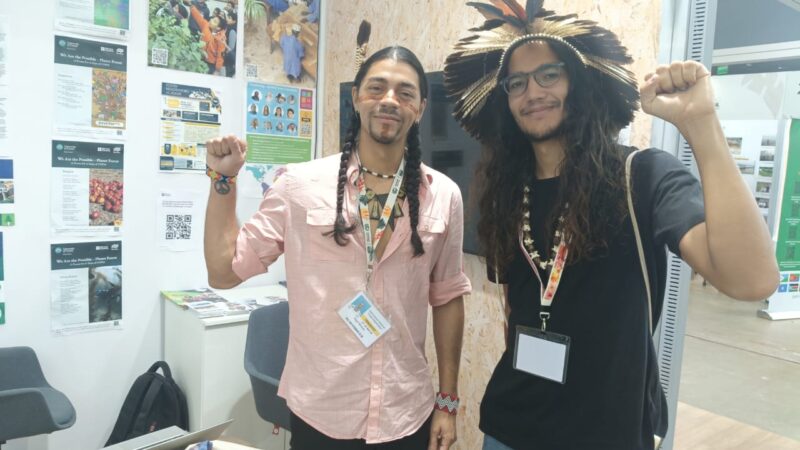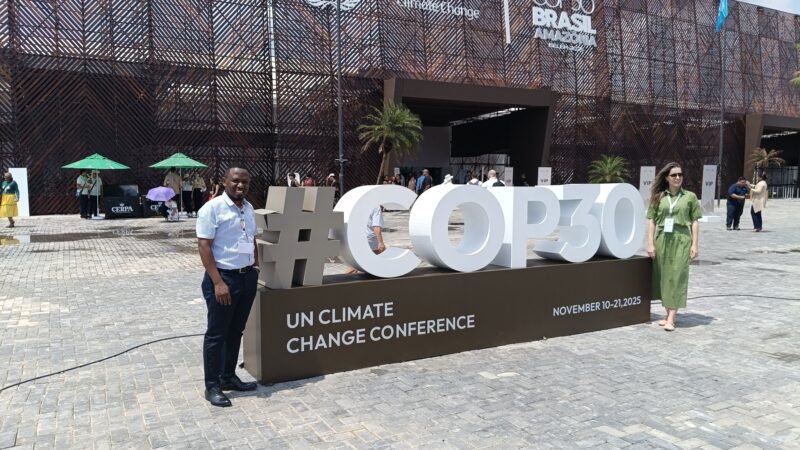
Heritage belongs in every climate conversation: Reflections from the ‘Withstanding Change’ exhibition
December 17, 2025
Having joined INTO in June, Charlotte leads the British Council-funded ‘Withstanding Change’ programme
I had the pleasure of joining INTO earlier this year to lead the Withstanding Change programme. It’s been a busy and exciting time as I see the project through its final phase. I feel honoured to be able to join this project after so many existing successes and I take a great responsibility in ensuring we amplify what has been done and to make the conversation around heritage and climate change centre stage.
Before joining INTO, I spent 7 years managing international sustainability and inclusivity projects – from inclusive low carbon energy in Southeast Asia, to land and resource access for indigenous peoples in African forests, to circular economy partnerships in North Africa.
I’ve had had the pleasure of working with a diverse range of audiences and I have often been trying to get people who don’t usually talk to each other into the same room. While this role has somewhat been a leap into new territory (more focused on cultural heritage than the natural heritage I’m used to), I see once again the importance of getting people to talk.
There is a lot in common between the two disciplines and they have an urgent need to intersect. In both, we’re often pushing against the tide, and whether it’s the environment or culture, both can fall off the agenda far too easily.

Charlotte meeting Hoshil Dhanji from the Zanzibar Stone Town Heritage Society on his trip to the UK in July this year
In my time working on sustainability and inclusivity projects, I have learned that when climate shocks hit, it’s not just buildings or landscapes at risk, it’s the skills, traditions, and stories that tie people to place. Too often, cultural heritage is left out of climate plans altogether. And when that happens, especially for marginalised or historically disadvantaged communities, the losses can be huge and permanent.
Withstanding Change focuses on places already feeling the impacts of climate change, helping them adapt and strengthen their resilience. We work with these heritage sites not just to protect them, but to use them as part of the solution. These places can be used as spaces for learning, talking, and inspiring climate action.
That can mean protecting a historic site from flooding, training people in traditional skills that also support sustainable livelihoods or finding ways to adapt heritage places so they can cope with a hotter, wetter, or drier future.
Cultural sites must adapt to climate change yet working in sustainability projects have proven time and time again that heritage, either cultural or natural, tend to be left out of the talks.
At the UN’s June Climate Week in Bonn (SB62), there was a big focus on how the world measures progress on climate adaptation. Heritage wasn’t a headline in the final outcomes, but it’s starting to show up more often in these global conversations. There’s growing recognition that cultural heritage, and the communities connected to it, need to be part of how we plan and track adaptation. It’s a step towards making sure heritage is seen as part of the solution, not just something at risk.
The decisions made in the next few months, leading up to COP30 in Brazil this November, could open up new opportunities for heritage organisations to access decision-makers and climate finance.
One of the most exciting things about this moment is that it gives our partners’ work more even more importance. Sharing what’s happening on the ground, and the practical lessons, helps to support the case that heritage and climate action are inseparable.

The Heritage Watch Ethiopia team discussing plant duplication for the plants held in their climate-smart plant nursery
Over the next few months, part of my role will be to communicate more about this fantastic work and to use it as a springboard for wider conversations about the overlap between heritage and climate action. We’ll be hosting an exhibition, sharing videos, and posting updates from our partners.
We want to give people a window into the work happening on the ground, highlight lessons that others can learn from, and start conversations about how heritage and climate action can work together. For me, the best moments are when a community-led solution sparks ideas that could be applied elsewhere, and seeing this conversation grow is what makes this work exciting.
Watch this space, or keep up with us on socials here – Facebook, LinkedIn and Instagram.
The ‘Withstanding Change’ project is supported by the British Council’s Cultural Protection Fund


December 17, 2025

